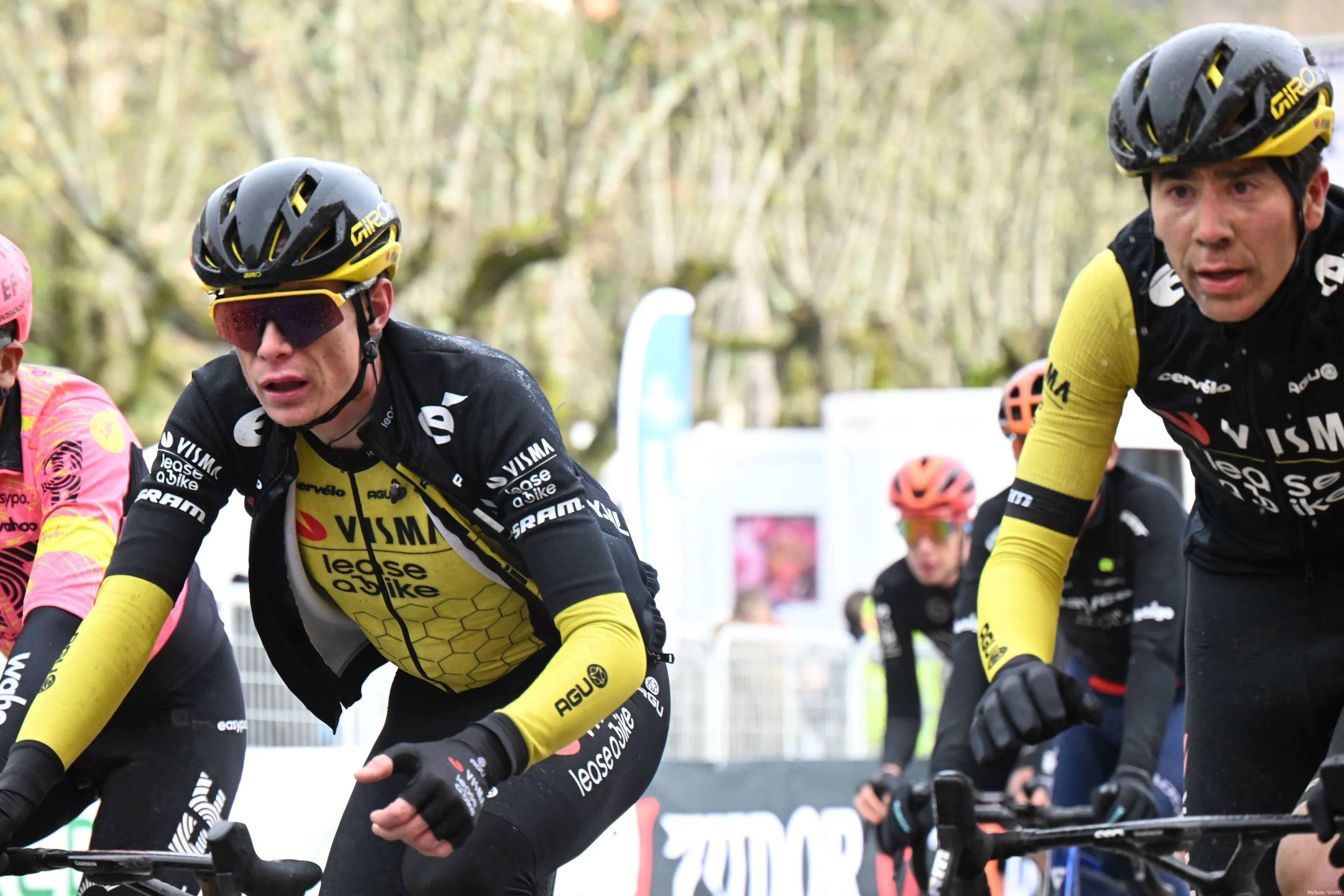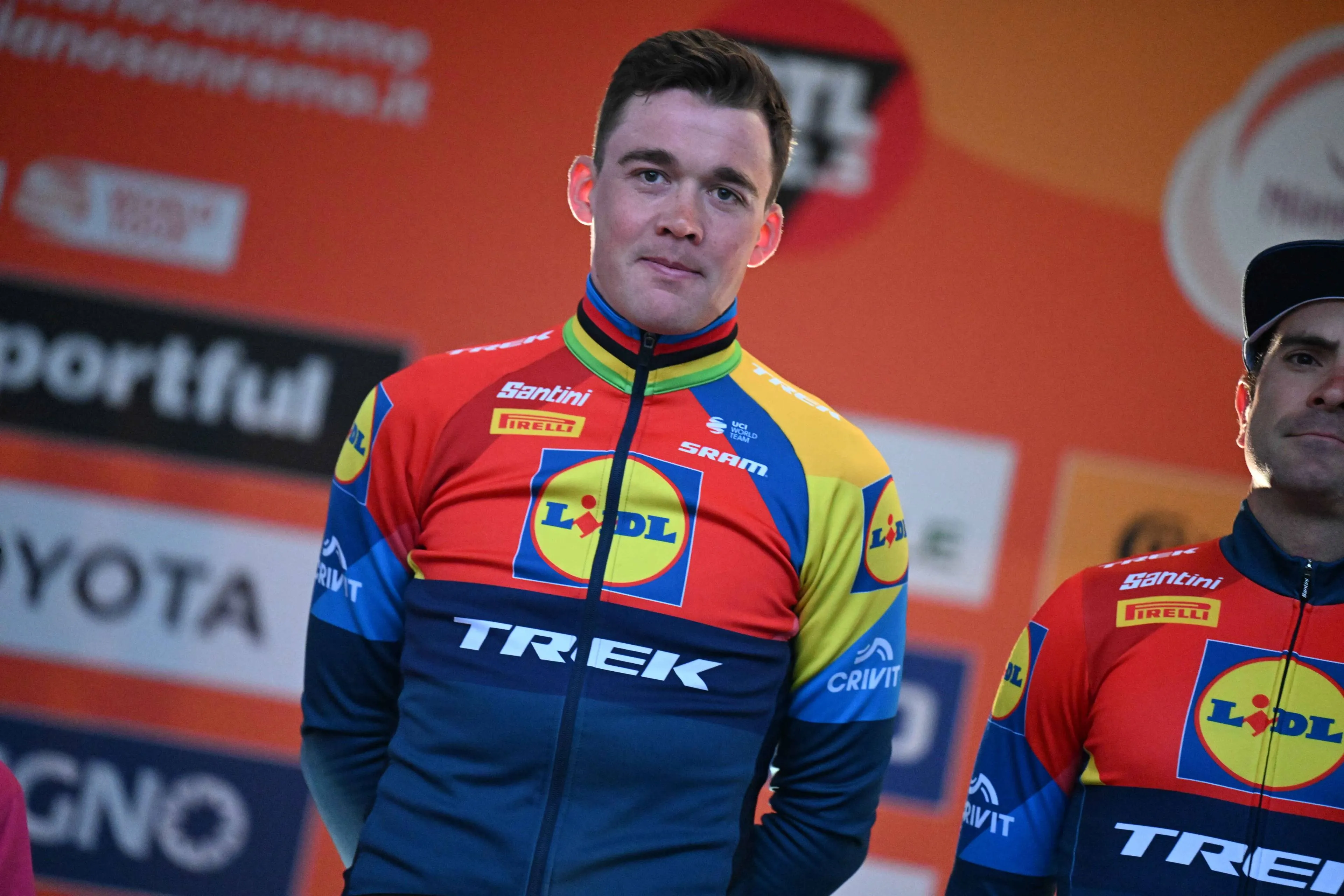"I’ve never seen anything like it" - Jonas Vingegaard 'gaining confidence' with every day says coach monitoring his recovery
CyclingMonday, 03 June 2024 at 07:34

A short while ago, it seemed impossible that Jonas Vingegaard would be fit enough to defend his Tour de France Maillot Jaune later this summer. With the Grand Tour now just weeks away however, there is growing confidence within the Dane according to the coach in charge of his recovery.
“What impresses me the most is, especially after injury or being sick, how fast these top athletes can improve,” Tim Heemskerk says in conversation with Velo. “When Jonas follows the training and does all the [right] things, I’ve never seen anything like it. I think it’s part of genetics but it’s also trusting in what you’re doing. I think it was two years ago, in one of the altitude camps before Dauphiné, one of the teammates said ‘ah, it’s not fair. This guy trains for a week, and he’s improving so fast.’ That is that is something that I’ve never seen with any other athlete yet, that he is so able to improve so quickly.”
Read also
This year, Team Visma | Lease a Bike head to the Criterium du Dauphine with Sepp Kuss an Matteo Jorgenson, whilst Vingegaard continues his recuperation. “I also do realize that he’s dealing now with a situation which is different than just an illness, that it will take energy,” Heemskerk explains. “It’s not like, ‘ah, I don’t feel pain,’ that nothing’s happening in the body. His body is still healing. That takes energy, and it also takes energy away from the [training] adaptation process. We give our all, we try to make every day a winning plan. But we don’t we don’t have a lot of time. So every day counts.”

Vingegaard was in good form prior to his crash as proven at Tirreno-Adriatico
“He went to Majorca to be training uphill, and also descending on a higher speed. This is really the next step again, towards a normal Jonas," the coach continues. “When he is able to join the team, the complete Tour de France team when they come from Dauphiné, that will also be the moment Jonas will be training and descending in a group again.”
Read also
Admittedly though, and somewhat understandably, there's is still a slight feeling of trepidation on Vingegaard's part. “I think everybody will have it after such a high speed crash,” Heemskerk says. “Having so many injuries, and trauma. So that’s normal when you get back on the bike. But also when you have had broken bones, and you’re released to go ride outside, there is also the fear of falling onto that same side again when you know it’s not completely recovered yet. So that is something everybody would have on their minds.”
“It’s just about gaining the confidence,” he said. “You know how it is if you go train in the Alps. If you haven’t done it for a while, then you have to get used to it again. And then maybe after a week, you’re going pretty fast down the descent. It’s just something that comes with doing it.”
“He’s in Tignes now. He is there for a few days now, taking easy rides to get used to the altitude," concludes the coach. “Then [after that adaptation] it’s just train, eat sleep, spend time with the family. That’s probably the best possible thing we can do at the moment. And then monitor every day if it’s going to be good enough to even start the Tour. We’re not sure yet how this will evolve. The most important thing is that Jonas should get the feeling at one point like, ‘this is doable,’ or ‘I have my doubts, it is not doable.’ Of course then the plan will change. For now, we do our best, day by day. Jonas is putting in the hours and watches his nutrition and do the things we normally would do on an altitude camp. Then we will see how the body will react to it.”
Read also
claps 109visitors 9
Just in
Popular news
Latest comments
- Remember, he's not just Pogacar. He's a god, sent from the heavens.
 santiagobenites05-01-2026
santiagobenites05-01-2026 - Good lord, of course it’s Pogacar. The point of this post was to praise Roglic, and sometimes people deserve their time In the spotlight.RidesHills05-01-2026
- ICYMI they did also sign a better rider, namely Juan Ayuso. Not a team player, but outstanding rider.mobk05-01-2026
- yes they is the biggest issues i was disappointed in. look i not a bit fan of Ayuso because of attitude at times but he stuck the race out ... Lidl-Trek appear to be a harmonious team ,men and womens ,men lead by MP. the team managers will have to live by their decisions.Davide04-01-2026
- But he'd still be mid-contract if he left now? Maybe he hoped to sort it out before getting married and make a fresh start.Hills3304-01-2026
- I had the opportunity to meet Derek. He's down to earth and quite friendly. I wish him well at Lidl-Trek if he indeed ends up there.
 santiagobenites04-01-2026
santiagobenites04-01-2026 - A traitor. If he saw out the year at IPT and left now I'd understand. But to leave mid season and mid contract on your team that put you in this spot is snake worthy.YJKauf1304-01-2026
- Why do Remco and Ayuso act like they're first challengers to Pogi at the Tour and Monuments, and that they're just a little short of being on the same level as Pogi the GOAT? There's a saying: "First jump then say hop" but it's possible that these two egotistical fools haven't heard of it.NikkoNicco04-01-2026
- The latest research by Gazzetta dello Sport says: for 2026, UAE have a budget of 50 million, Visma 50 million, Lidl, RedBull and Ineos 45 million. This figure includes everyone's salaries plus other current expenses. And some fools still claim that UAE is destroying the sports of cycling because of money?NikkoNicco04-01-2026
- Quite a common thing in cycling no?Mistermaumau04-01-2026
Loading
2 Comments










